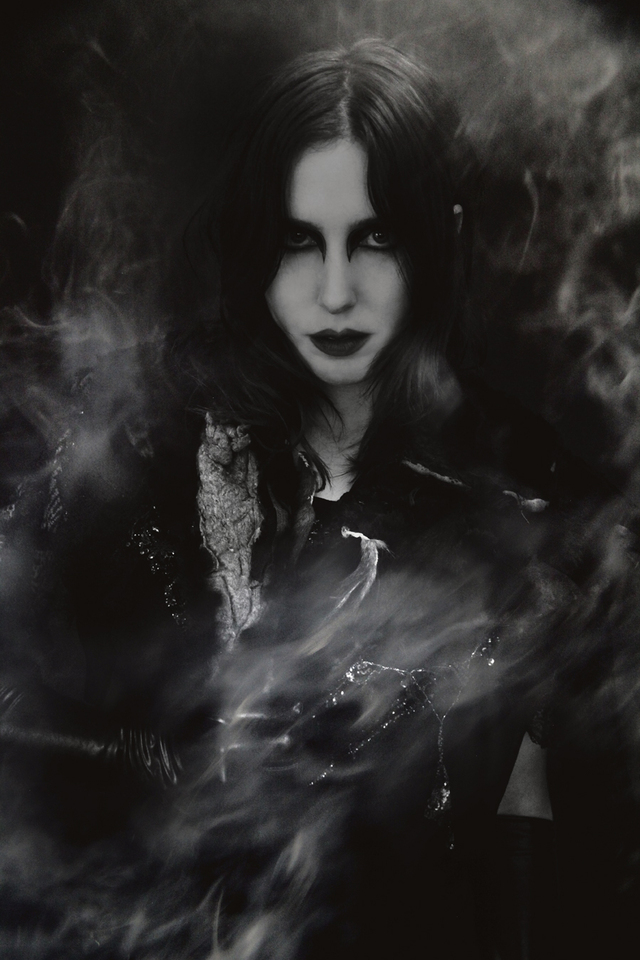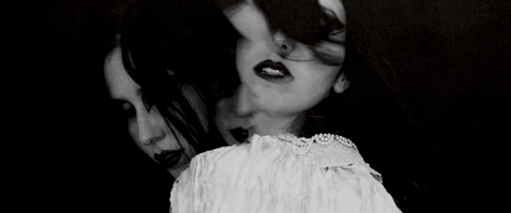Music Interview: The Liminal States Of Chelsea Wolfe
In Her Music The Singer Bisects All The Bullshit And All The Beauty


Latest Article|September 3, 2020|Free
::Making Grown Men Cry Since 1992

